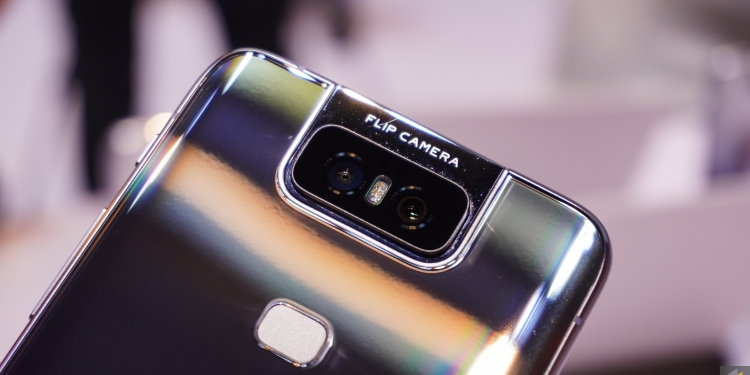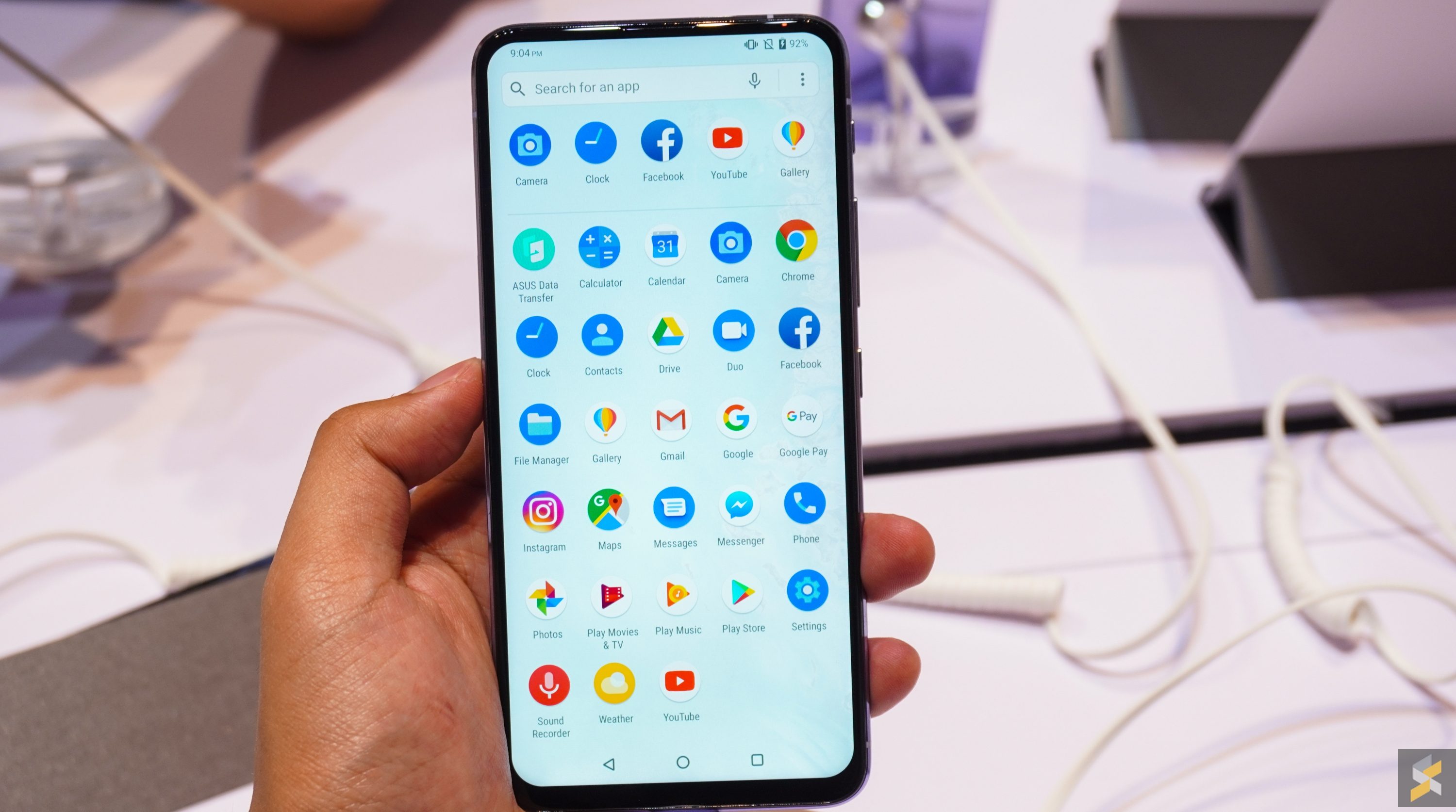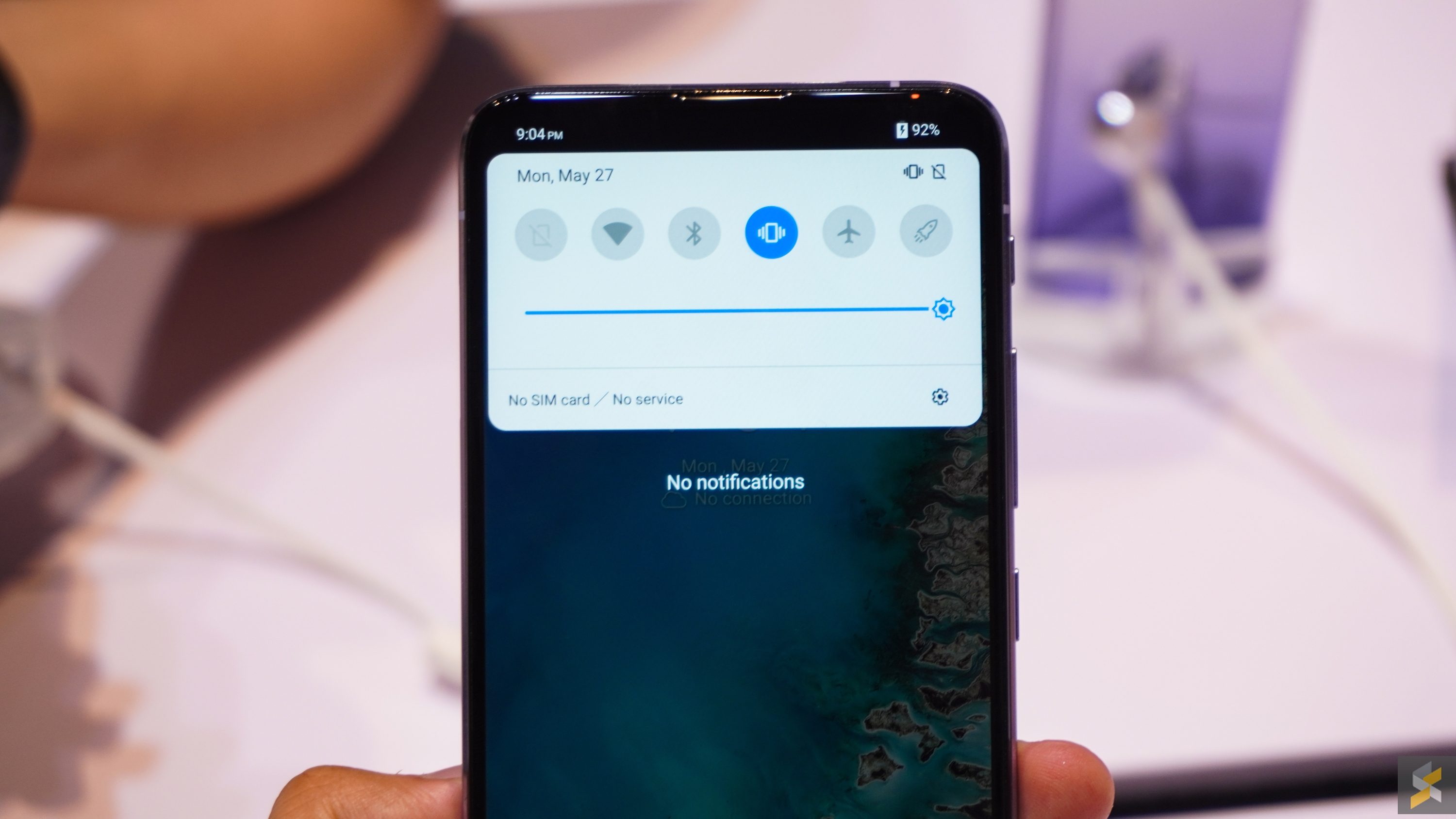In my experience with Asus smartphones, I’ve always felt that they were more follower than leader. Their devices usually end up like an amalgamation of what other smartphone makers do well — and that’s not necessarily a bad thing. Especially since they tend to improve upon the ideas they integrate.
But then they launched the ZenFone 6 and it was almost like Asus went fuck it, we’re doing things our way now, and quite literally flipped everybody off. The resulting device? Well, I have to say that the ZenFone 6 looks like one of the most interesting phones the company has made in a long time.
The ZenFone 6 has all the hallmarks of a proper Android flagship. It’s powered by the best, a Snapdragon 855 processor, that you can configure with up to 8GB of RAM and 256GB of internal storage. Then, Asus flips the flagship smartphone narrative by equipping their device with a massive 5,000 mAh battery.
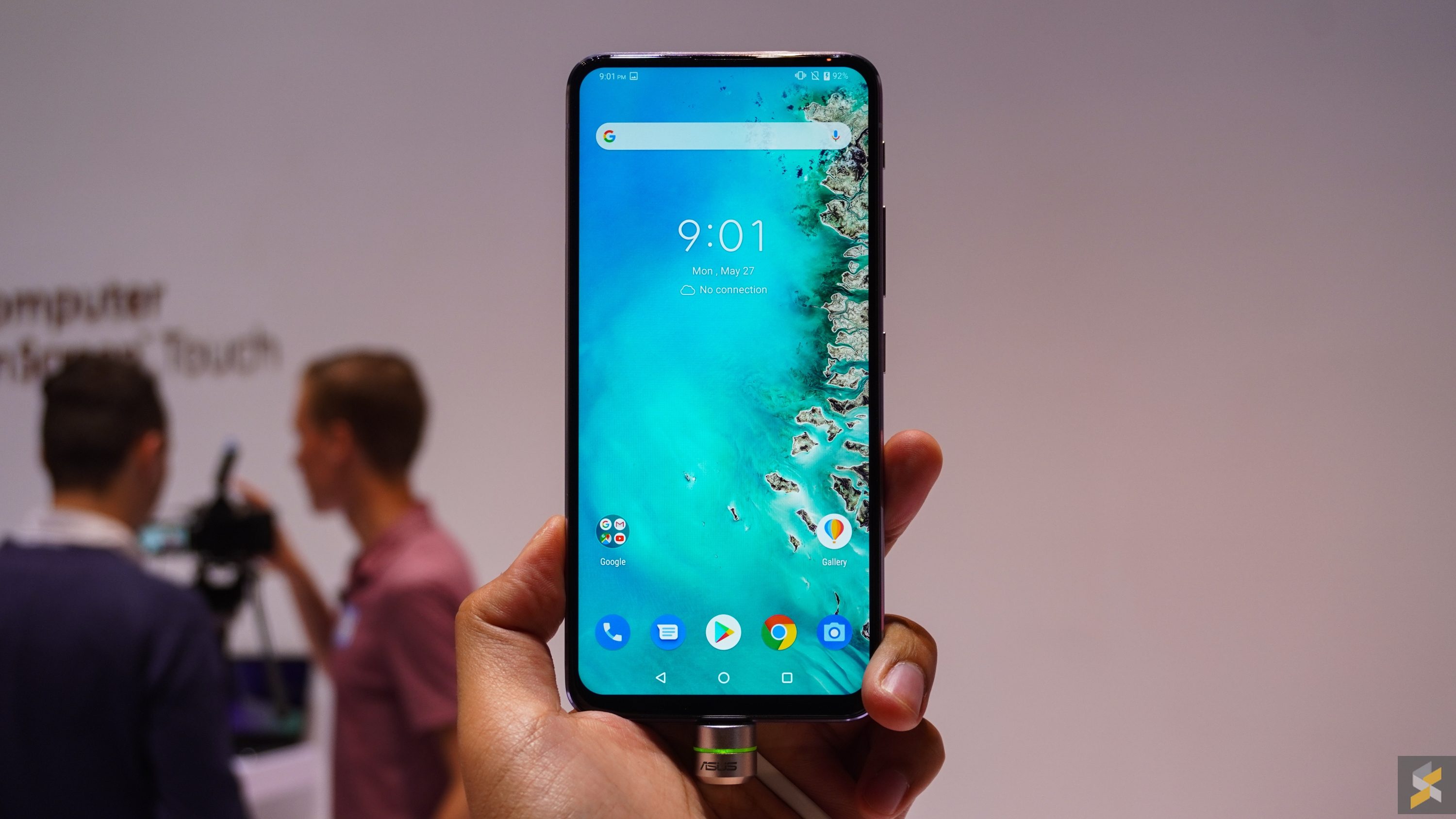
I also liked that ZenUI is now so close to stock Android. I love how simple and clean it is to navigate, and I hope this is the way they plan to move forward with their Android skin. The phone felt really smooth, navigating around it, but really, spending like a couple of minutes swiping about on a demo phone with practically nothing installed isn’t really what I’d call a good benchmark.
I will say that the new ZenFone 6 looks really good. Especially in this two-tone Twilight Silver colourway. The glossy back and frame shimmer in the light, but not in a garish way, and I’m really glad they did away with the concentric circle design. That said, it doesn’t feel quite as premium as the top-shelf stuff does, but I think that has a lot to do with how light the device feels in the hand. Which is surprising because of the massive battery.
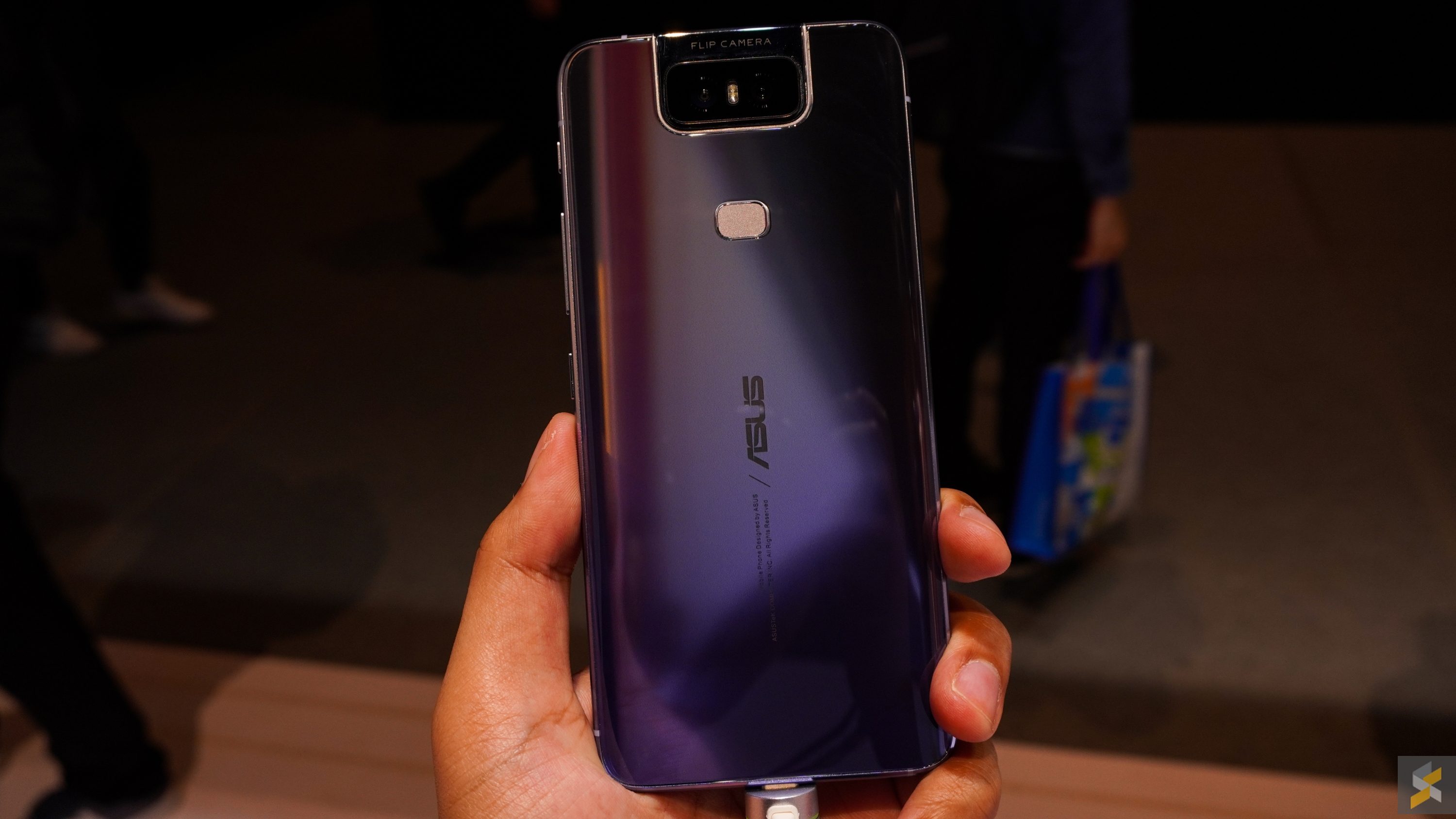
In any case, the eye candy continues when you flip the phone to the front because that screen looks pretty darn good. ZenFone 6 comes with a 6.4” Full HD+ IPS panel with no notch, or punch hole, and really slim bezels.
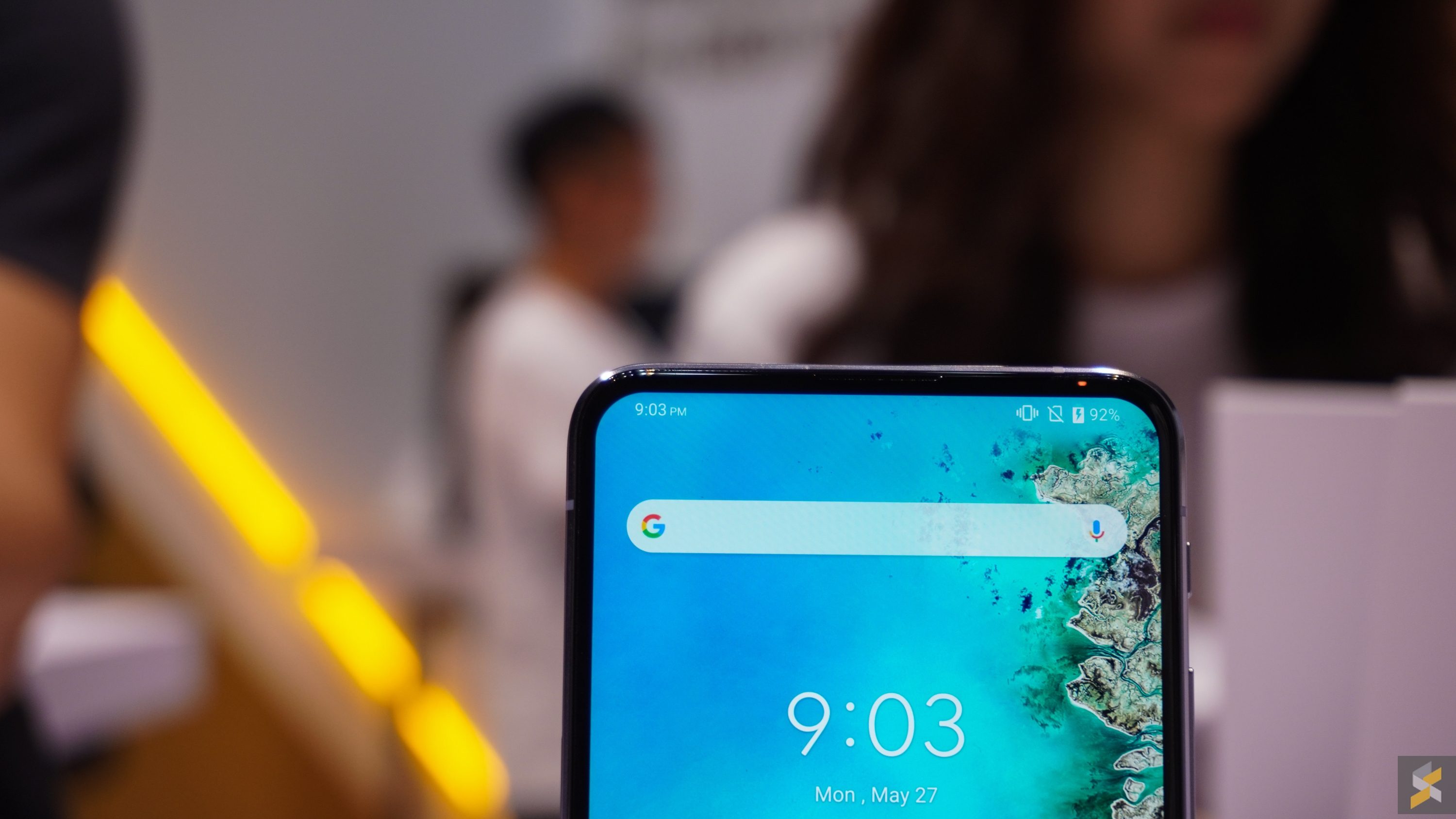
This gives the phone a 92% screen-to-body ratio, which means you get an awesome immersive viewing experience. It’s also a flat display, so if you’re tired of all the other smartphone makers curving their screens, then you’ll like this.
ZenFone 6 also packs a pair of stereo speakers despite having super slim bezels. Huawei, please take note, because it should not be acceptable for an expensive flagship to not come with stereo speakers.
So, there is a lot to like with the ZenFone 6. But, there is also one big question mark that will undoubtedly split the jury: The phone’s flippin’ dual camera.
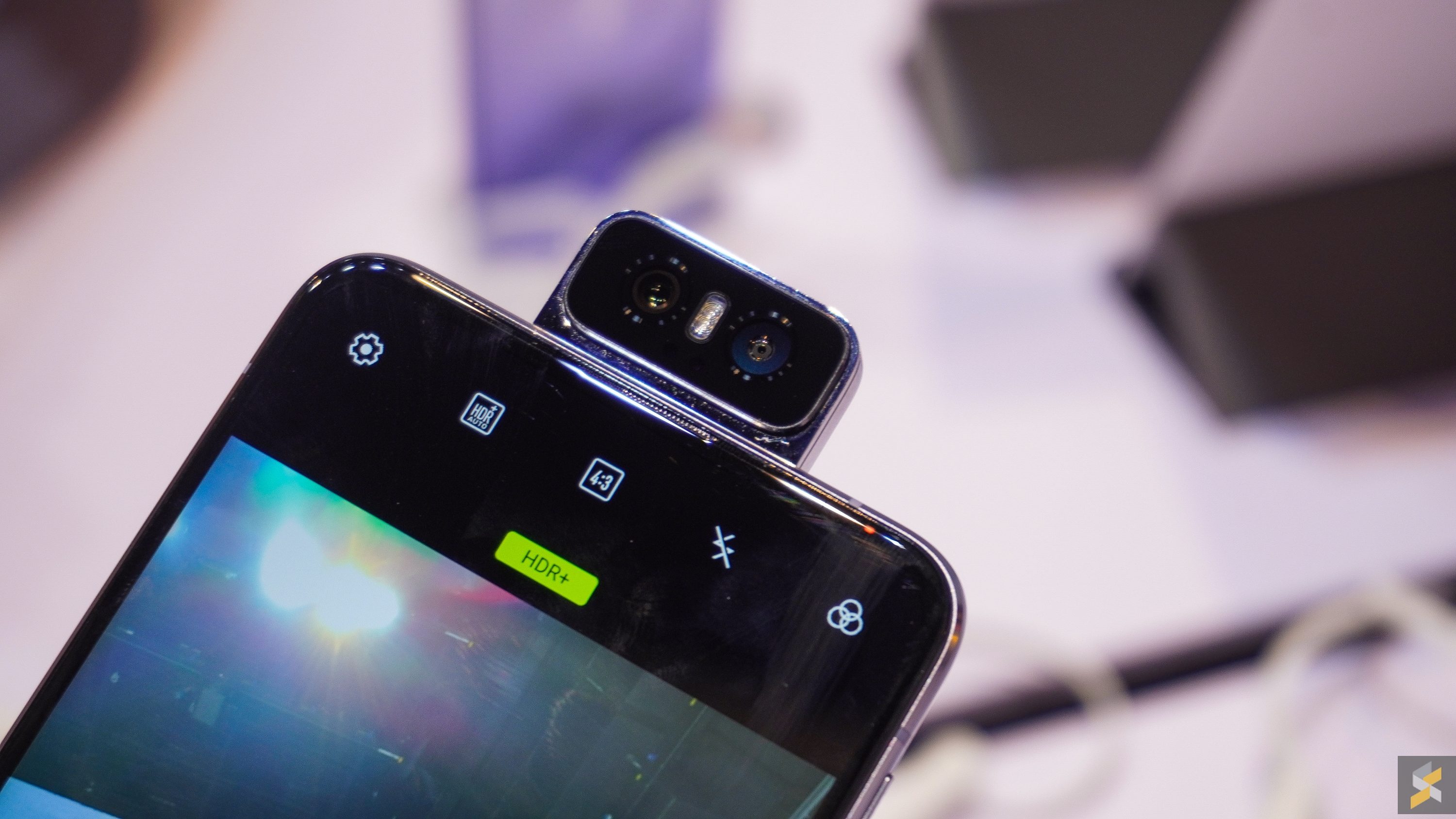
Flippity dippity
You see, the ZenFone 6 doesn’t have a selfie camera. It has the one camera array, and it’s the one at the back consisting of a 48MP Sony IMX586 sensor and a 13MP ultra-wide shooter. But, the trick here is that the main camera is motorised so it can flip all the way to the front when you need to take a selfie.
I’ve also heard people call this the “reverse notch”, but c’mon, that’s so lame.
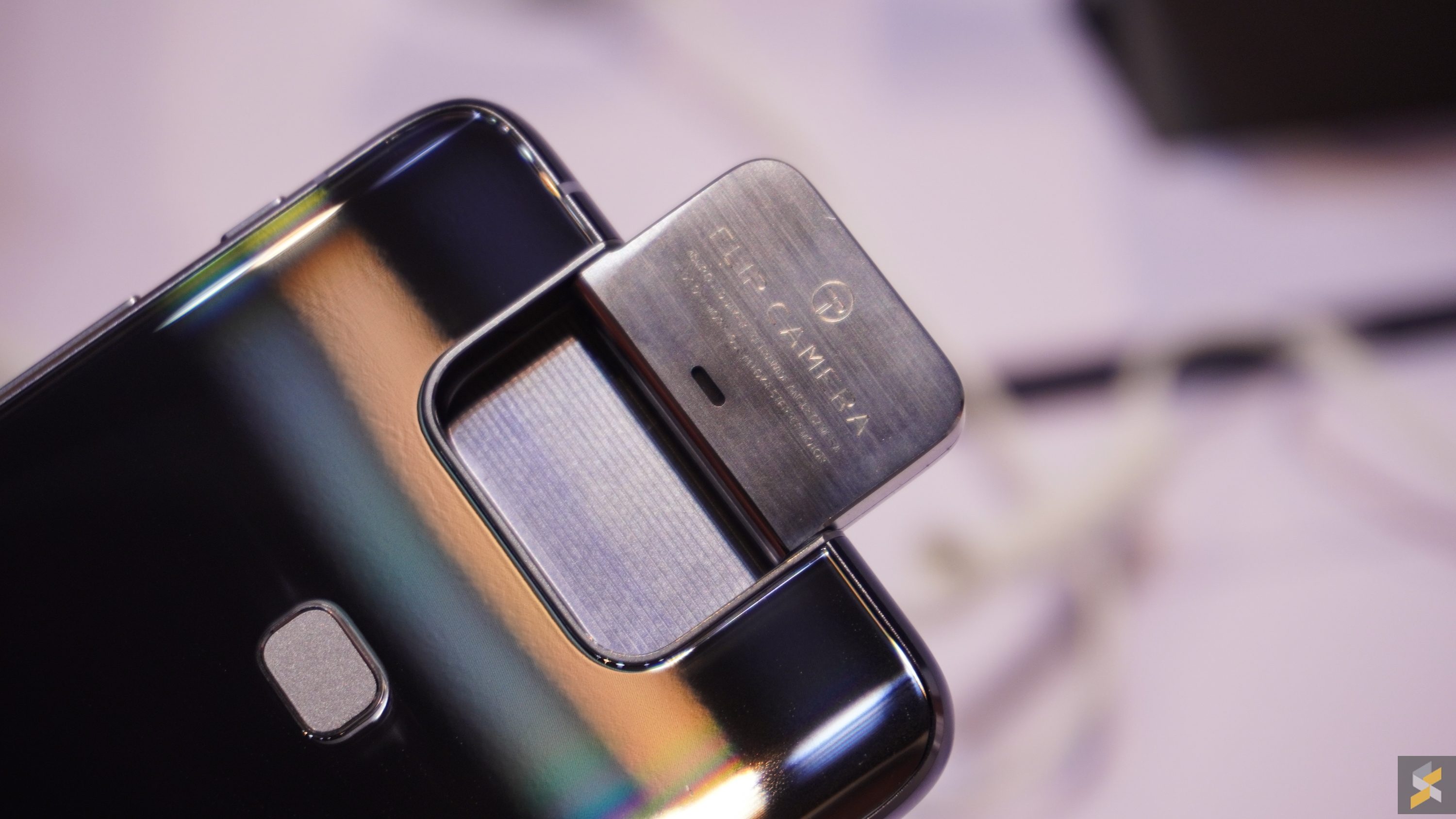
The camera, though, isn’t lame. It can actually do a whole bunch of interesting things. The way Asus has mounted this is closer to what we saw on the Oppo N3 rather than the more recent Galaxy A80.
With this, Asus actually let’s you manually rotate the camera into any position you want, along its axis. So, you can set it up to face a whole bunch of directions which is interesting.
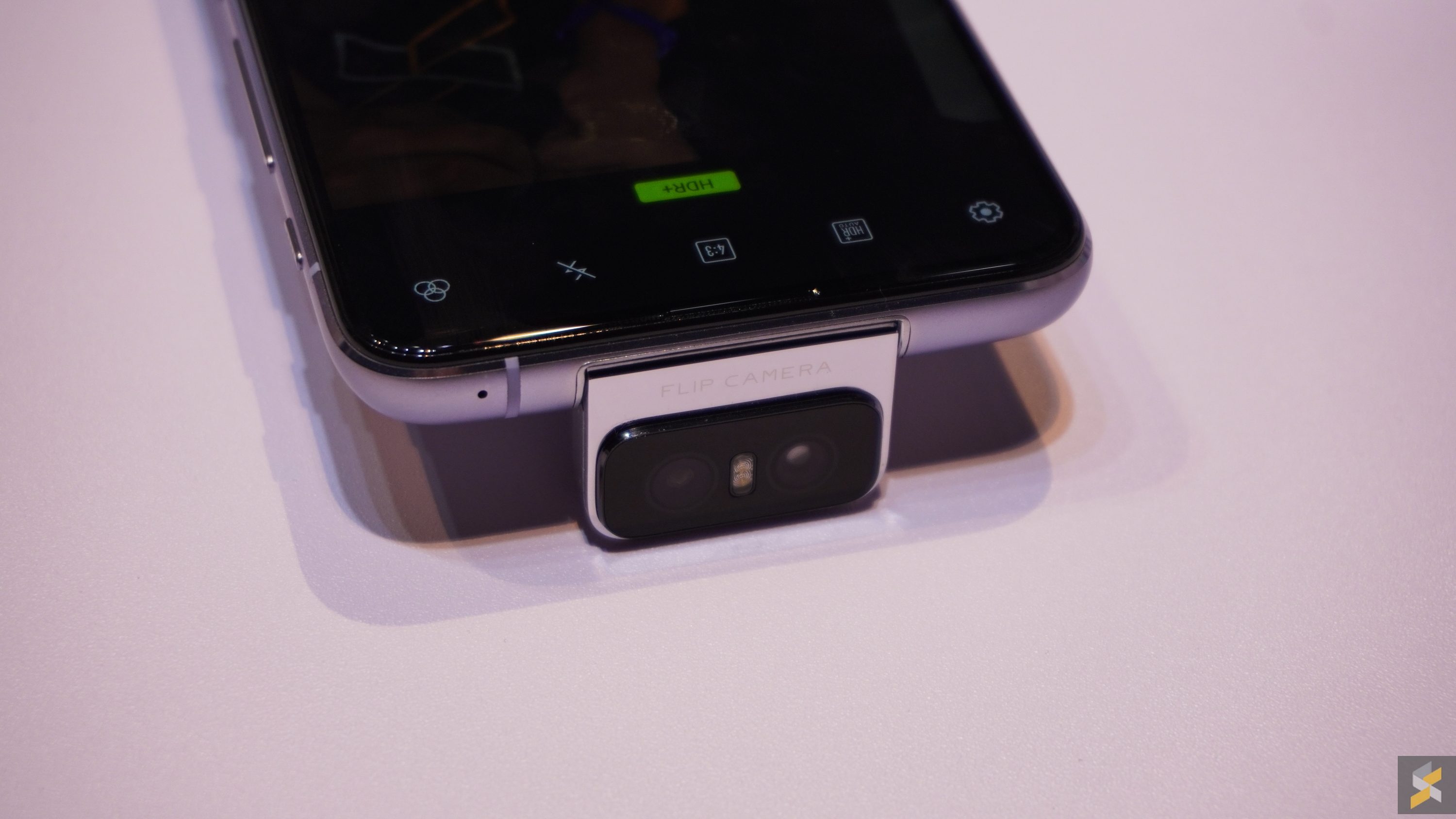
And it can do cool things like take a 180-degree panorama without needing you to move an inch. The module just does it for you. Asus also gave the motorised camera a motion tracking feature that will track a subject as it moves, automatically. It is a little unreliable, so I’d say it’s more like a gimmick than an actually useful feature.
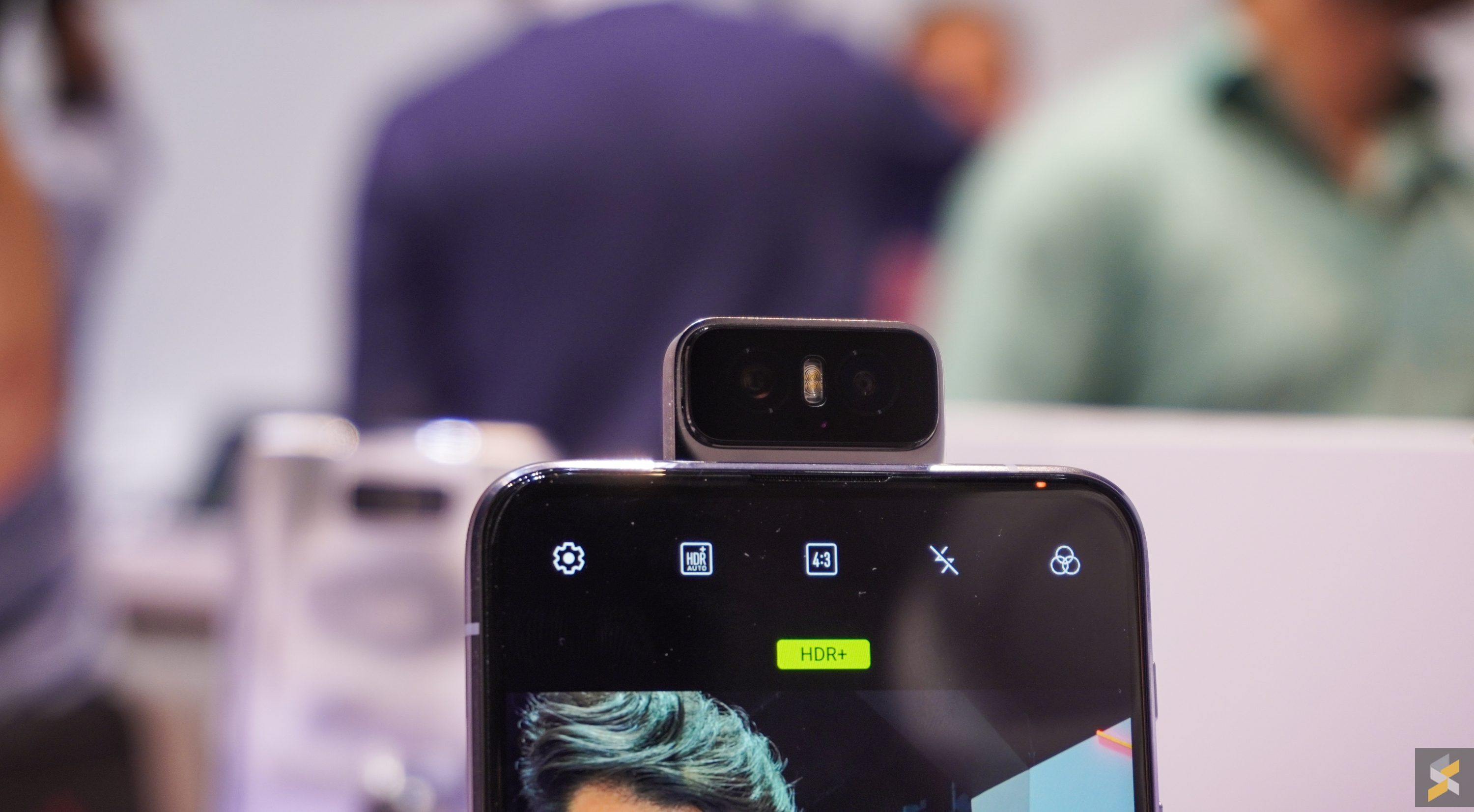
But, the best thing about this motorised flippity dippity camera is the fact that you’re ALWAYS using your best camera, even for selfies. I can’t tell you the amount of times I’ve been disappointed by a smartphone’s selfie camera after being so impressed with its main shooter.
With the ZenFone 6 you’re always using the main shooter. And it looks like it works, because DxO Mark just crowned it selfie king of their list.
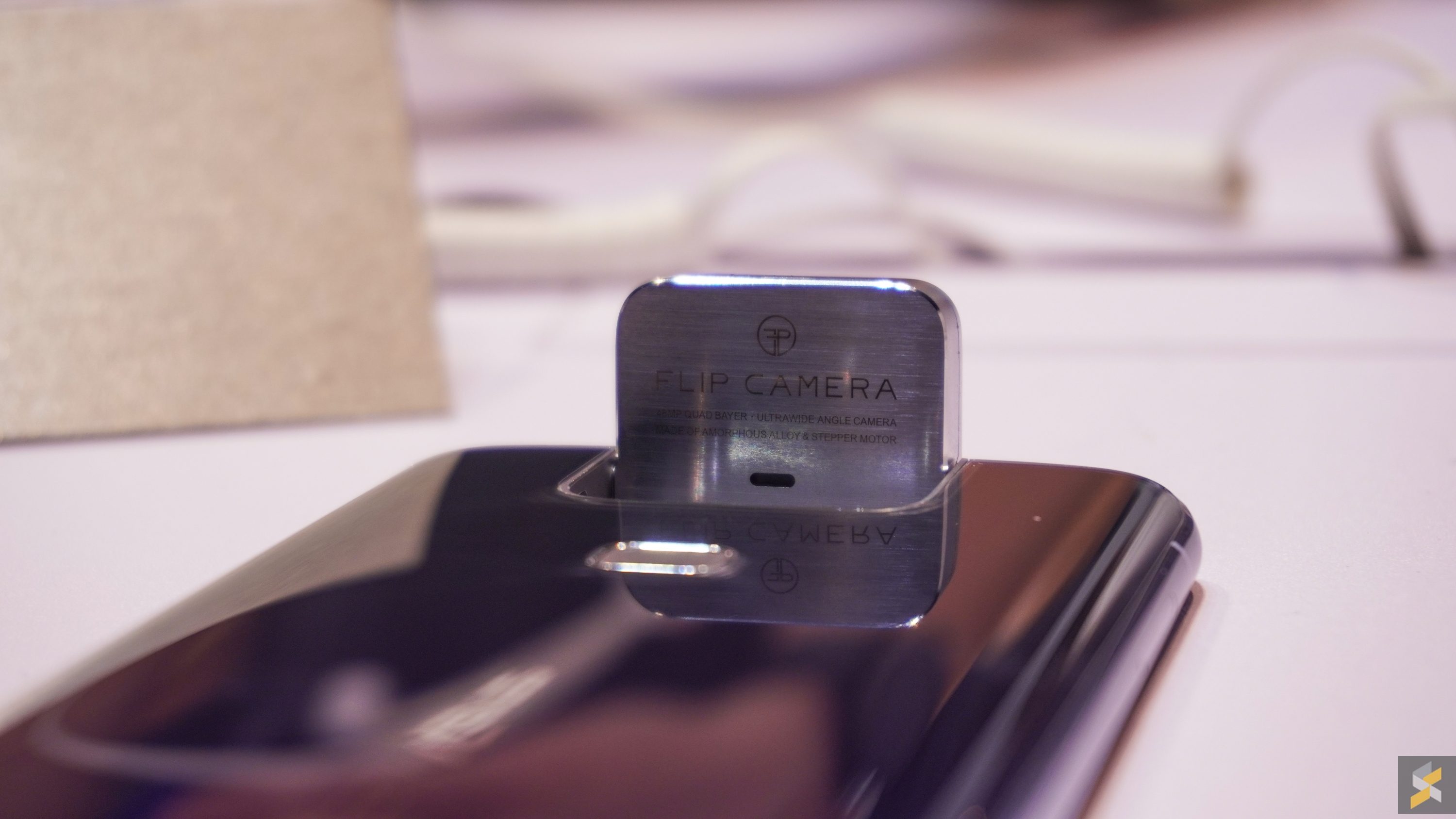
At the end of the day though, I know a lot of you will be worried about one thing: Durability. And I get that. Moving parts tend to break easier than parts that don’t move. But, while I can’t really speak for its longevity, Asus did let us do this to their camera module:
And the phone worked fine after. Plus, Asus has baked in a fall-detection feature that will automatically retract the module if it detects that the phone is in a free-fall. But that’s the most assurance I can give you. Because beyond that, I simply can’t tell at this point.
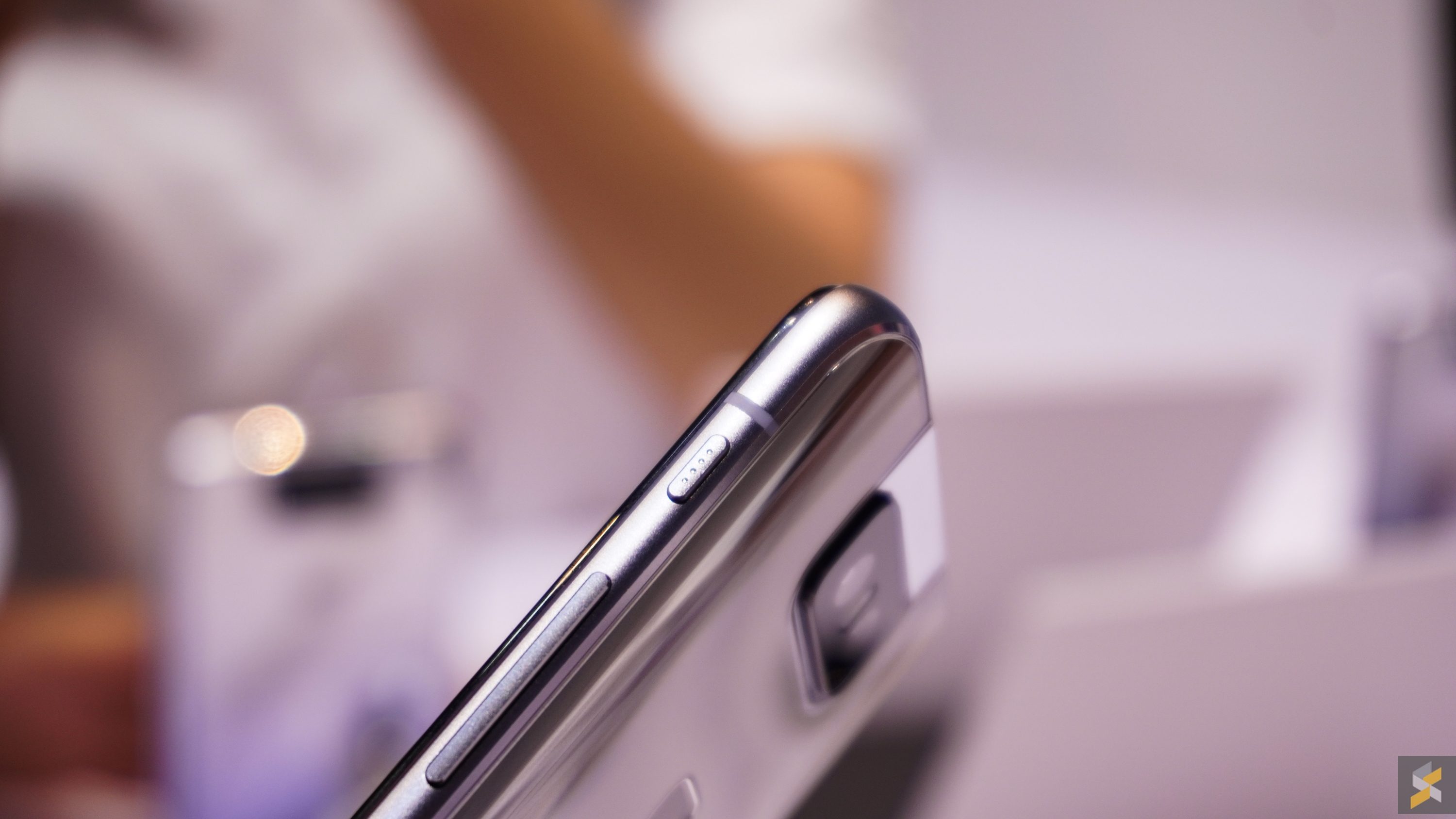
What I will say though is that the ZenFone 6 is definitely one of the more interesting smartphones in the market, especially since it is also very affordable for the kind of specs it packs. In the US, for example, it starts at just USD499, which is about RM2,000.
I’m really glad Asus went out of their way to build something a little more ludicrous rather than erring on the side of caution, because that’s how the industry moves forward
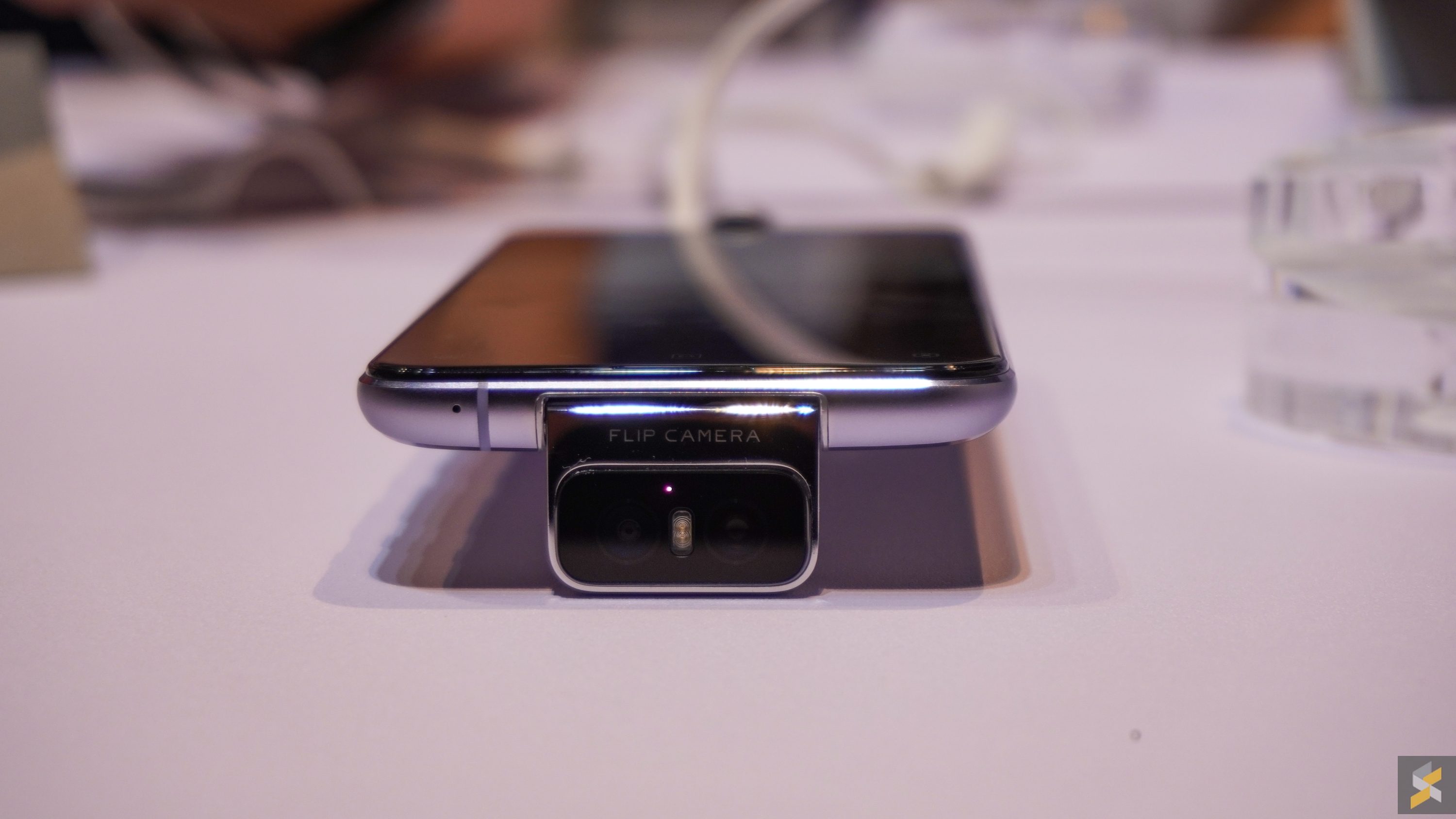
However, I may also be the harbinger of bad news because there might be a small chance that the ZenFone 6 won’t be coming to Malaysia. Every time I ask the Asus Malaysia team about this phone, they’ve refused to comment on the matter, which to me doesn’t sound good.
But, maybe I’m wrong, would you want the ZenFone 6 to come to Malaysia?
Photography by Rory Lee with the Sony a6400.

